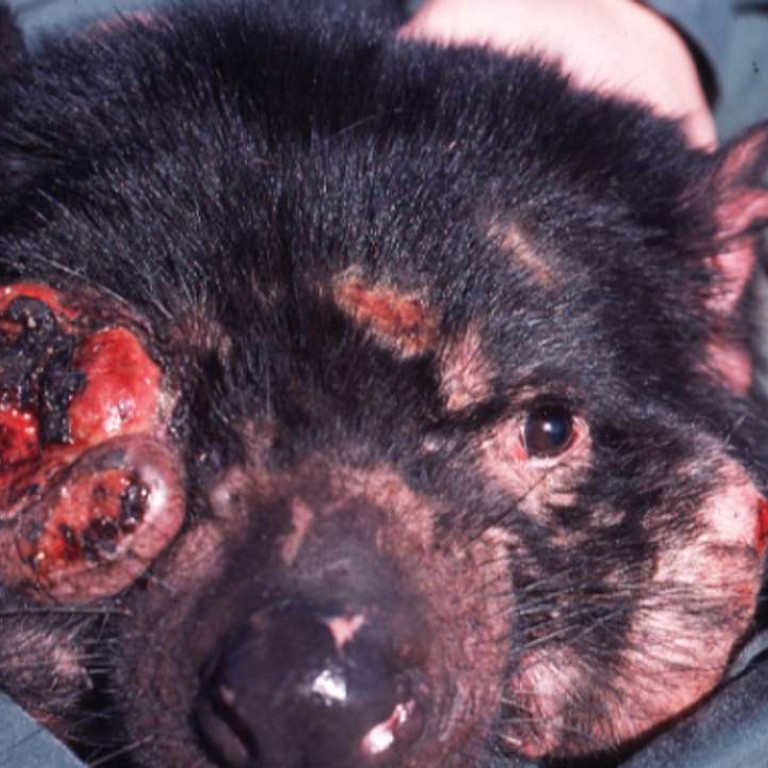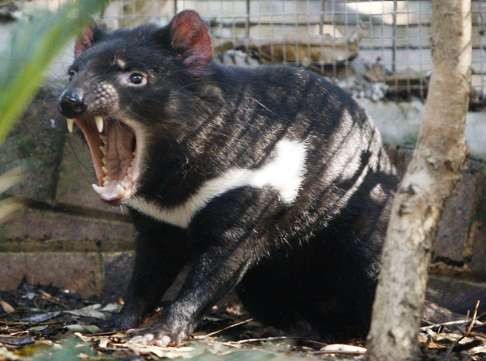
Scientists just doubled the number of species that suffer from bizarre contagious cancers
All along the western Canadian coast, mussels are dying. Their blobby bodies are swollen by tumours. The blood-like fluid that fills their interiors is clogged with malignant cells. They’re all sick with the same thing: cancer. And it seems to be spreading.
For all its harrowing, terrifying damage, the saving grace of cancer has always been that it dies with its host. Its destructive power comes from turning victims’ own cells against them and making them run amok.

Goff’s study, which was published Wednesday in the journal Nature, doubles the number of species known to suffer from transmissible cancers, now standing at six. And in one case, clams were being killed by cancer cells that come from an entirely different species.
The results, Goff said, suggest that this communicable form of the disease isn’t as rare as scientists once thought.
“I guess that many, many of the cancers that are known will turn out to be of this type,” said Goff, who is based at Columbia University Medical Center. “How many other marine species might turn out to suffer from this, we don’t really know.”
The first contagious cancer was discovered in the 1990s, when researchers studying Tasmanian devils noticed that the fierce marsupials were perishing from ugly facial tumours. Eventually, they identified two cancer cell lines that were causing the disease. Meanwhile, scientists working with dogs found that canines on every continent have been suffering from a sexually transmitted tumour for hundreds of years.
Goff and his colleagues found a third example of this phenomenon last year in soft shell clams living along the Atlantic coast. A colleague working at the Marine Biological Laboratory at Woods Hole, Massachusetts, asked him to come take a look at her dying clams, which she thought were suffering from a virus. Instead, they were being killed by a form of bivalve leukaemia.
“It was really wild,” Goff said at the time. “It was not what we were expecting.”
But the discovery got him wondering whether transmissible cancers might be more common than anyone realised. So he set about collecting specimens from sick bivalve colonies on opposite sides of the world: mussels from near Vancouver and cockles and golden carpet shell clams on the coast of Spain. All three species were dying from cancer, he found. And all three of the cancers were genetically different from their hosts.
“Now we’re four for four” in terms of bivalve species with communicable cancer, he said.
Elizabeth Murchison, who leads a transmissible cancer research group at the University of Cambridge, wrote in an accompanying analysis for Nature: “These findings seem to paint a picture of shellfish beds around the world that are awash with microscopic cancer cells metastasizing both within and between species.”
Goff and his colleagues suggest that cancerous cells from sick bivalves are expelled when the creatures defecate or die. The cancers can survive in the water for at least a few hours until they find a new host - and since bivalves are filter feeders, they’re susceptible to accidentally consuming these malignant cells. Mussels, cockles and clams also have fairly undeveloped immune systems and few resources to fight off the disease.
The case of the golden carpet shell clams was particularly astonishing.
“The tumour that was spreading in this clam when we genotyped it was really, really different from the host that it was spreading in,” Goff said. “It wasn’t even of the same species.”
Instead, the cancer cells had the genome of the pullet shell clam. Those creatures live right next to the golden carpet shells, but don’t seem to be suffering at all. The most likely explanation is that the cancer arose in the pullet shells, but they developed a resistance to the disease, which then jumped to a second species.
The finding has Goff thinking about cancer in an entirely different way.
“Now you have to imagine these contagious cells floating around in the ocean, when they managed to be picked up by a susceptible host they can establish a new infection,” Goff said.
He interrupted himself, reflecting on what he just said: “See, already we’re using words that really aren’t used to describe cancer, like ‘infection.’ ”

